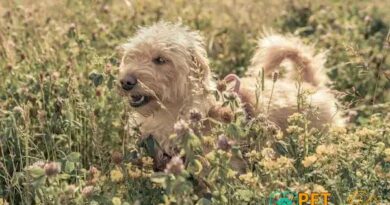What is Showmanship
What is Showmanship?
Showmanship is a specialized skill set in the world of dog shows that emphasizes the handler’s ability to present their dog in the best possible light. This involves not only showcasing the dog’s physical attributes but also demonstrating the bond between the handler and the dog. The art of showmanship is crucial in competitive environments, where judges evaluate both the dog and the handler’s performance.
The Importance of Showmanship in Dog Shows
In dog shows, showmanship plays a pivotal role in determining the outcome of competitions. Judges look for handlers who can effectively highlight their dog’s strengths while minimizing any weaknesses. A well-executed showmanship routine can make a significant difference in a dog’s placement, often tipping the scales in favor of the handler who demonstrates superior skills and confidence.
Key Elements of Showmanship
Several key elements contribute to effective showmanship. These include the handler’s posture, grooming of the dog, and the ability to move gracefully around the ring. Handlers must also be adept at using their voice and body language to communicate with their dogs, ensuring that the animal remains focused and engaged throughout the performance. Each of these components works together to create a compelling presentation that captivates judges and spectators alike.
Training for Showmanship
Training for showmanship requires dedication and practice. Handlers often engage in specific exercises designed to improve their skills, such as practicing their gait, learning how to stack their dogs correctly, and mastering the art of eye contact with judges. Additionally, handlers may participate in workshops or classes that focus on showmanship techniques, allowing them to refine their abilities and gain valuable feedback from experienced professionals.
Common Mistakes in Showmanship
Even seasoned handlers can make mistakes in showmanship that may affect their performance. Common pitfalls include poor timing, lack of attention to the dog, and failure to maintain a confident demeanor. Handlers must remain aware of their surroundings and the judges’ reactions, adjusting their presentation as needed to ensure they are making the best impression possible.
Showmanship Classes and Competitions
Many dog clubs and organizations offer showmanship classes and competitions for aspiring handlers. These events provide an excellent opportunity for individuals to practice their skills in a supportive environment while receiving constructive criticism from judges and peers. Participating in showmanship competitions can also help handlers build confidence and gain experience in a competitive setting.
The Role of Grooming in Showmanship
Grooming is an essential aspect of showmanship, as a well-groomed dog is more likely to attract positive attention from judges. Handlers must ensure their dogs are clean, well-brushed, and styled according to breed standards. This attention to detail not only enhances the dog’s appearance but also reflects the handler’s commitment to excellence in showmanship.
Building a Connection with Your Dog
A strong bond between the handler and the dog is crucial for successful showmanship. Handlers should spend time building trust and understanding with their dogs, which can lead to a more cohesive performance in the ring. This connection allows the dog to respond better to cues and commands, ultimately enhancing the overall presentation during competitions.
Showmanship as a Lifelong Skill
Showmanship is not just a skill for dog shows; it can also be a valuable asset in various aspects of dog ownership and training. The techniques learned through showmanship can improve communication between the handler and their dog, leading to a more enjoyable and fulfilling relationship. As handlers continue to develop their showmanship skills, they can apply these lessons to everyday interactions with their pets.



